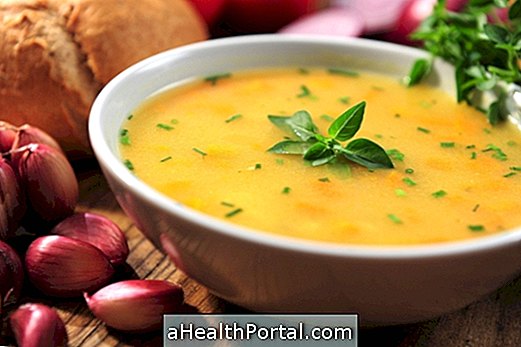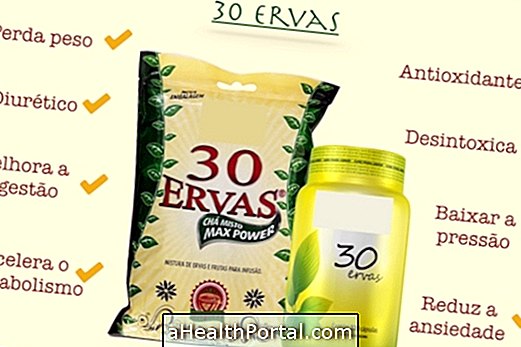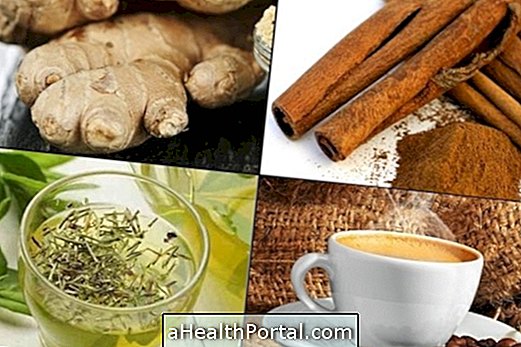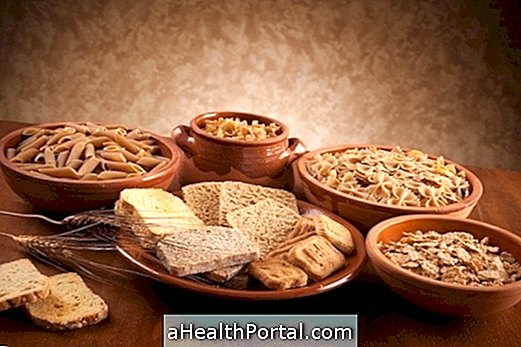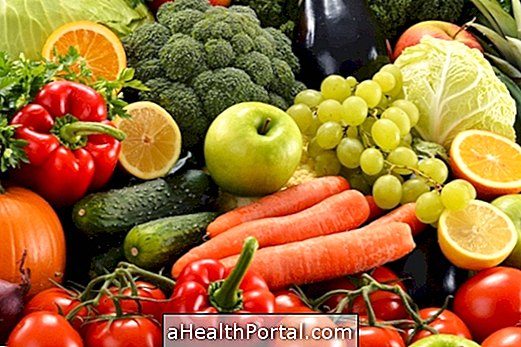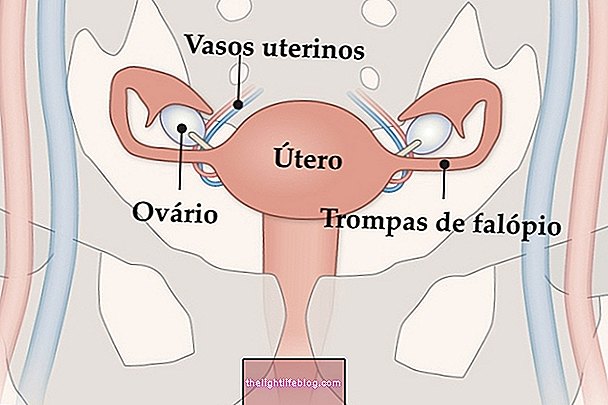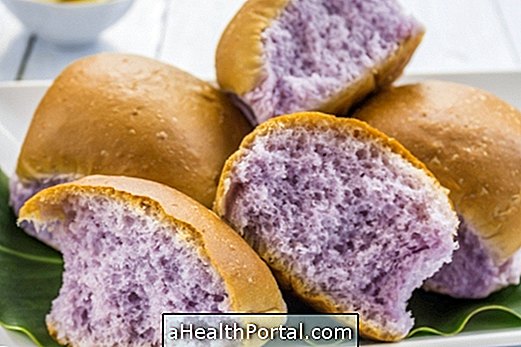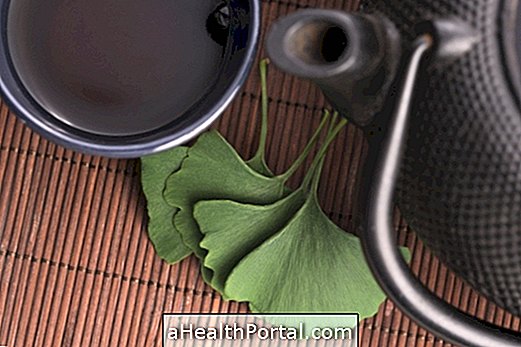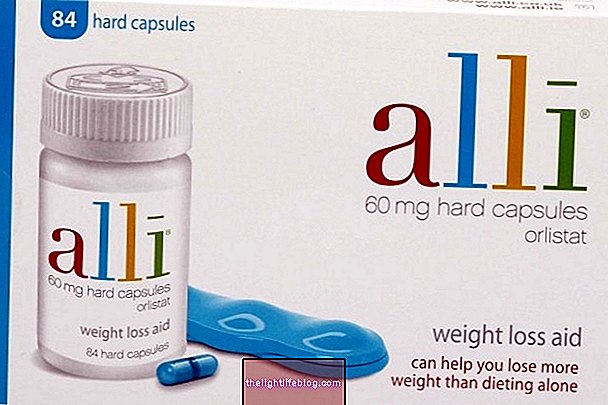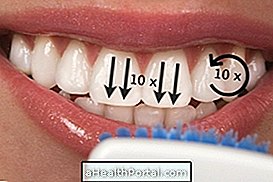Sugar can vary depending on the origin of the product and its manufacturing process. Most of the sugar consumed is made from sugarcane, but there are also products like coconut sugar.
Sugar is a type of simple carbohydrate that should be avoided and consumed only in small amounts, preferably without using it in the daily food routine. Excessive consumption can cause problems such as weight gain, diabetes and inflammation in the body.
See below 7 type of sugar and its characteristics:

1. Crystal sugar
Crystal sugar, like refined sugar, has large, irregular crystals, which are transparent or slightly yellowish, easy to dissolve. During its manufacture, chemicals are added to make it white and flavorful, but with this, vitamins and minerals are lost.
Although most of the crystal sugar is white, it is also possible to find it in several colors, being used mainly to decorate cakes and birthday candies. To obtain pink, blue or orange sugar, for example, the industry adds artificial colors during its preparation. Get to know 10 natural ways to replace sugar.
2. Sugar confectioners
The confectioner's sugar has very fine grains, and is ideal for making preparations such as whipped cream, toppings and homogenous icings, as well as being used to decorate cakes and pies. It has the appearance of talc or fine snow, it dissolves much more easily than the crystal sugar, and during its manufacture starch is added in the formula, so that the super small grains do not come together again.
3. Brown sugar

Brown sugar is obtained from the cooking of the sugarcane syrup, keeping a good part of its nutrients, such as iron, folic acid and calcium. Because it is not refined, it also has larger, darker grains, which do not readily dilute like refined sugar, and have a taste very similar to that of sugarcane.
Although it is one of the healthiest versions, it is also high in calories and should be consumed only in small amounts.
4. Demerara sugar
Similar to brown sugar, demerara is distinguished by a light process of purification and refinement, but without the use of chemical additives. It also keeps minerals present in sugarcane, and dilutes more easily and has a milder flavor than brown sugar.
5. Light sugar
Light sugar is obtained from a blend of refined sugar and artificial or natural sweeteners, making the final product have a higher sweetening power than ordinary sugar but with fewer calories. However, its flavor somewhat resembles the artificial flavor of the sweeteners, and it also should not be used in diabetes cases.
6. Organic sugar
Organic sugar has the same calories as ordinary sugar, but preserves a small portion of the nutrients present in sugar cane. The main difference is that during the production of organic sugar artificial ingredients, fertilizers, chemical fertilizers or pesticides are not used in any stage. It also differentiates itself by not being refined, having a thicker and darker shape, in addition to having a more expensive price.

7. Coconut sugar
Coconut sugar is obtained from the sap of the coconut, not being extracted from the coconut fruit. It is a minimized food processed, containing no preservatives or going through processes of refinement, as with ordinary sugar. It has a lower glycemic index than ordinary sugar, helping it not to alter glycaemia too much.
In addition, it contains minerals like iron, zinc, potassium and magnesium, and B vitamins.
It is important to remember that because it is a simple carbohydrate, all types of sugar should be avoided in cases of diabetes, and should be consumed only in small amounts to maintain health and weight balanced.
See the difference in calories between types of sugar and artificial sweeteners.
